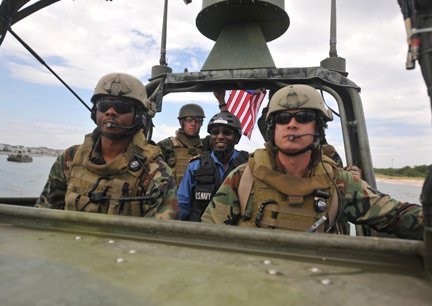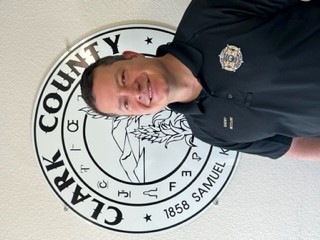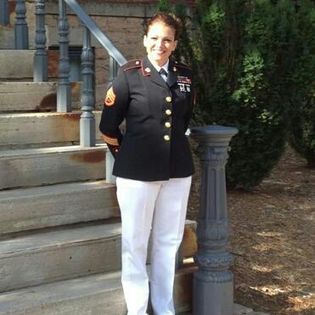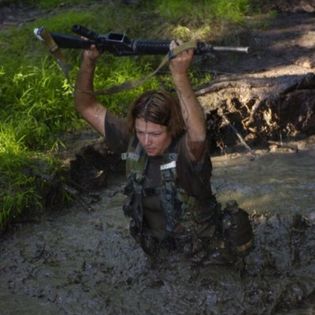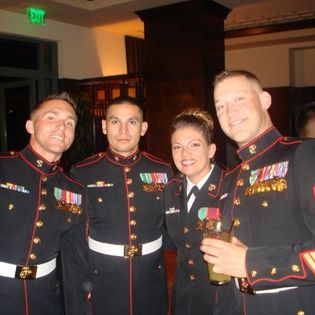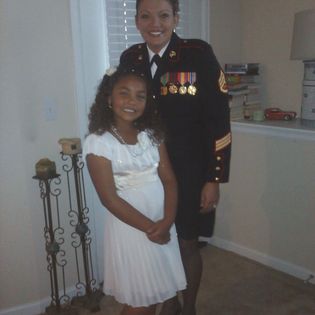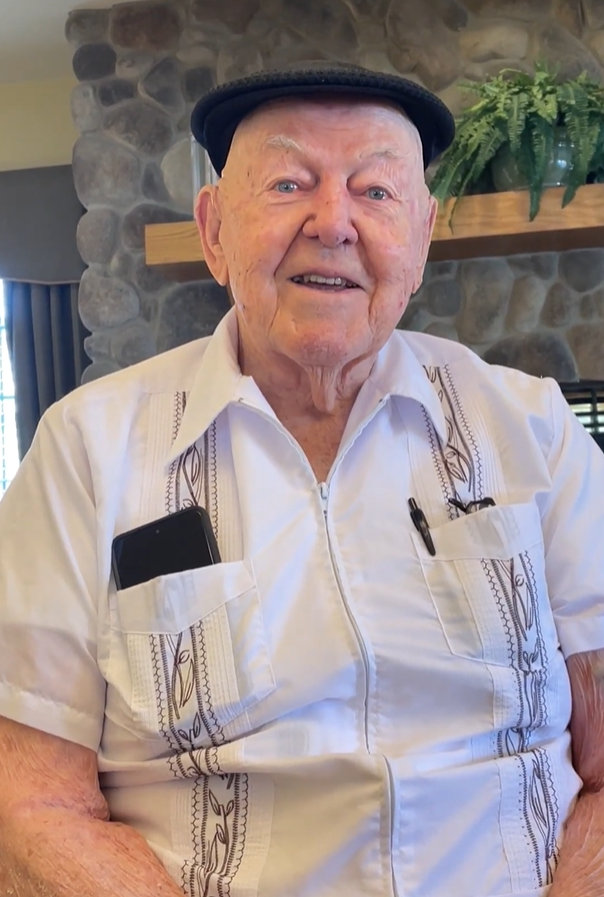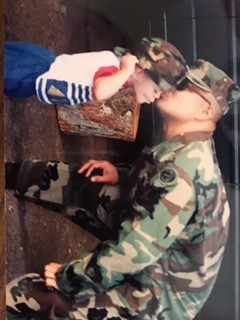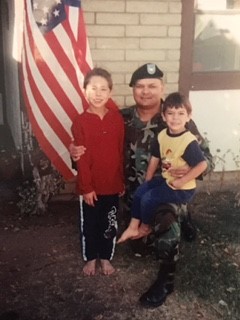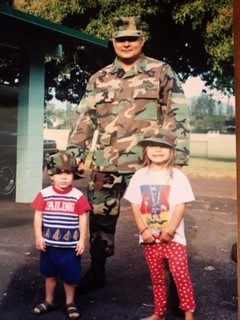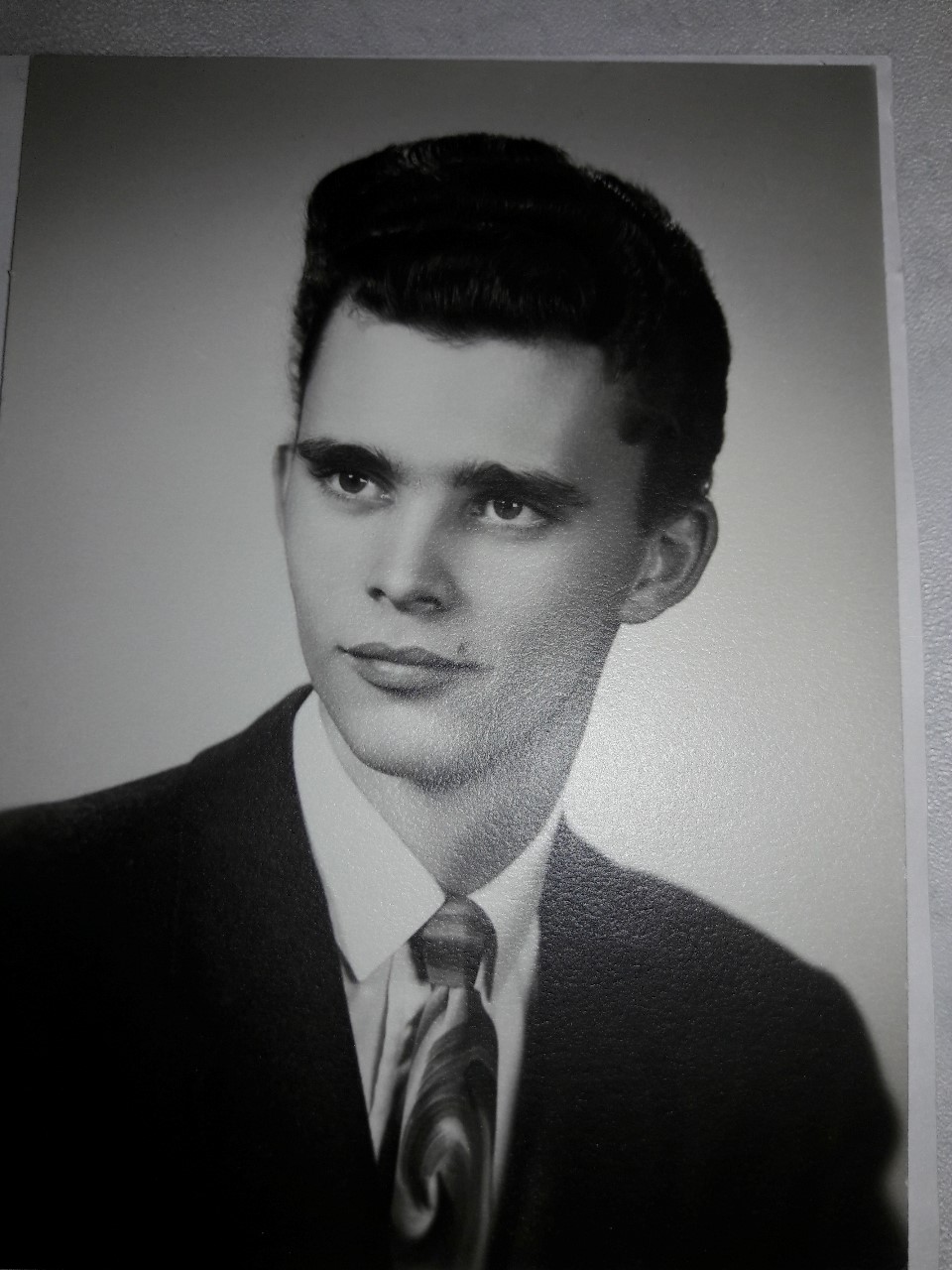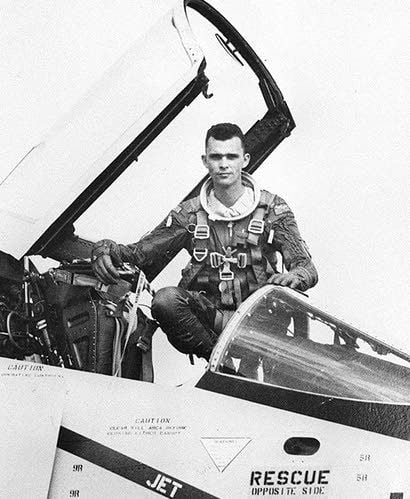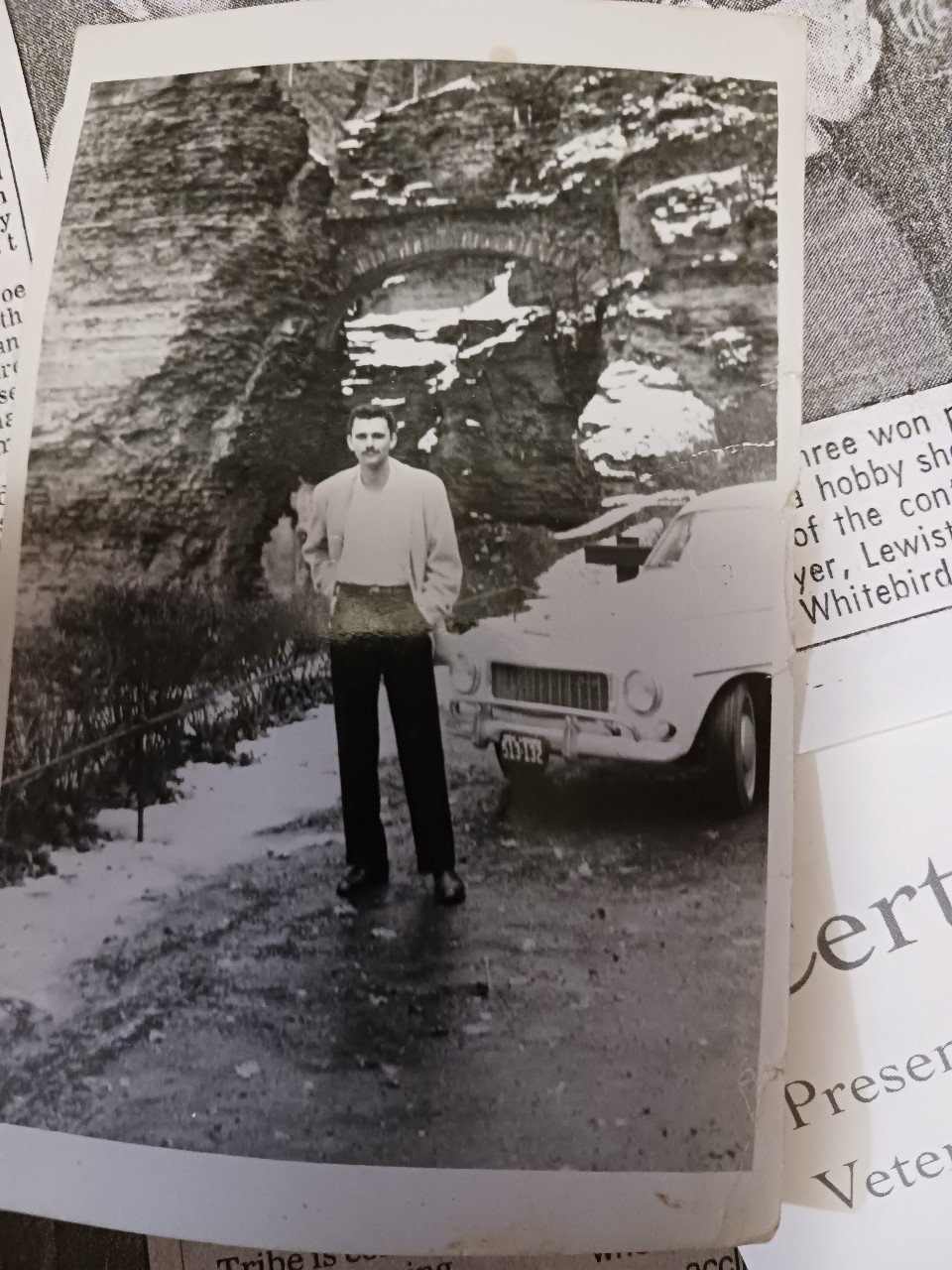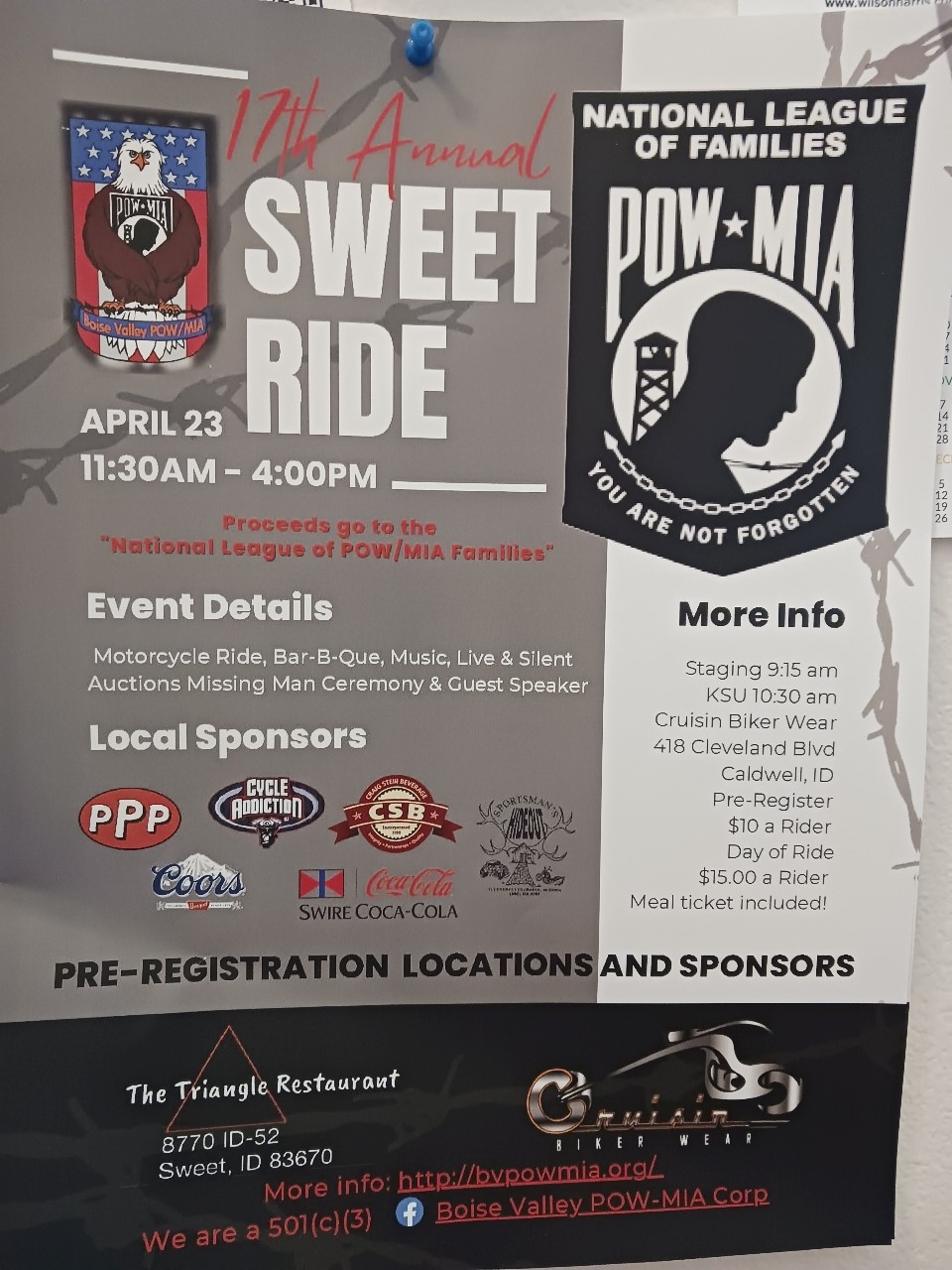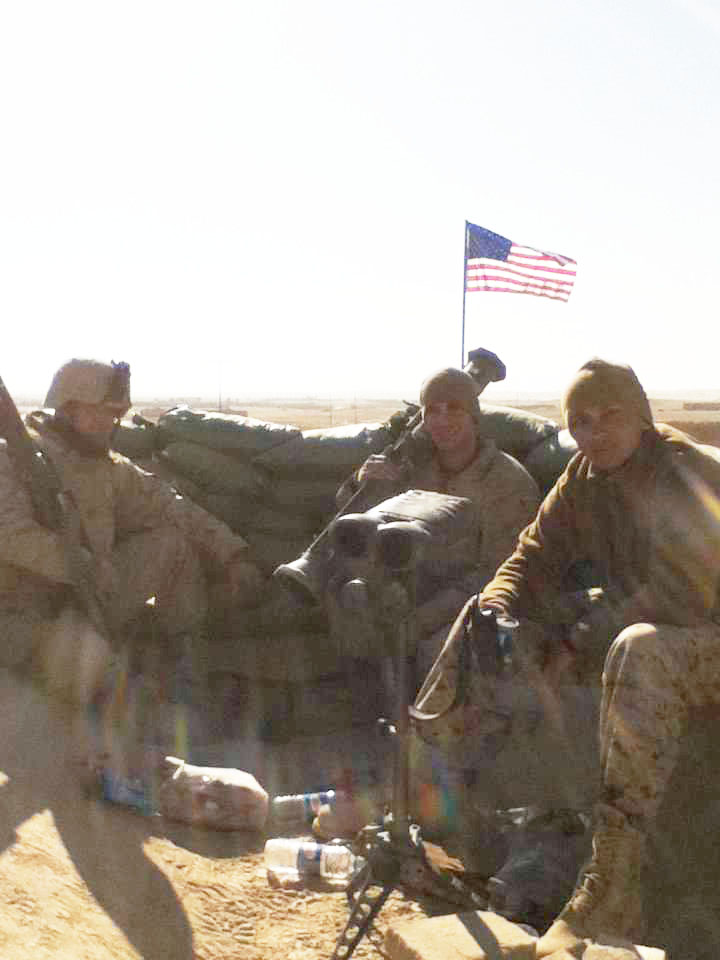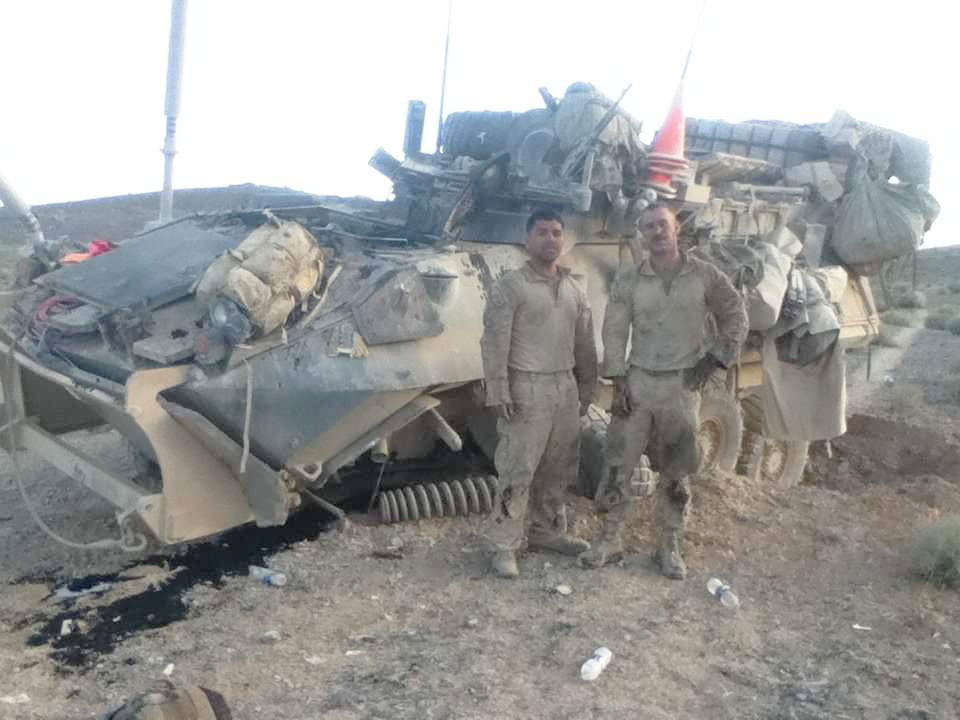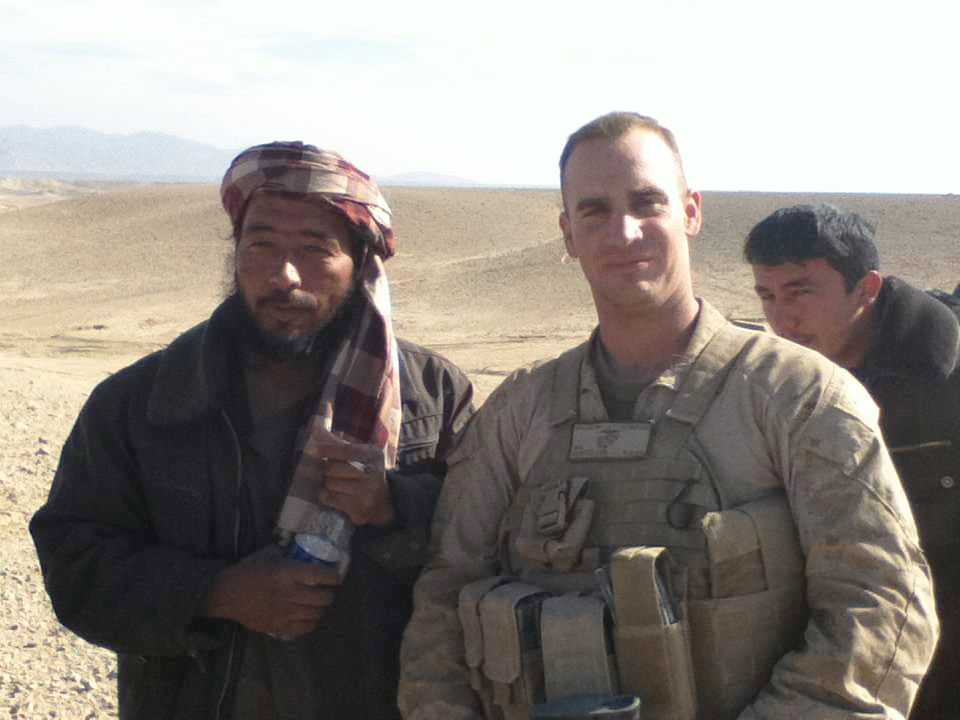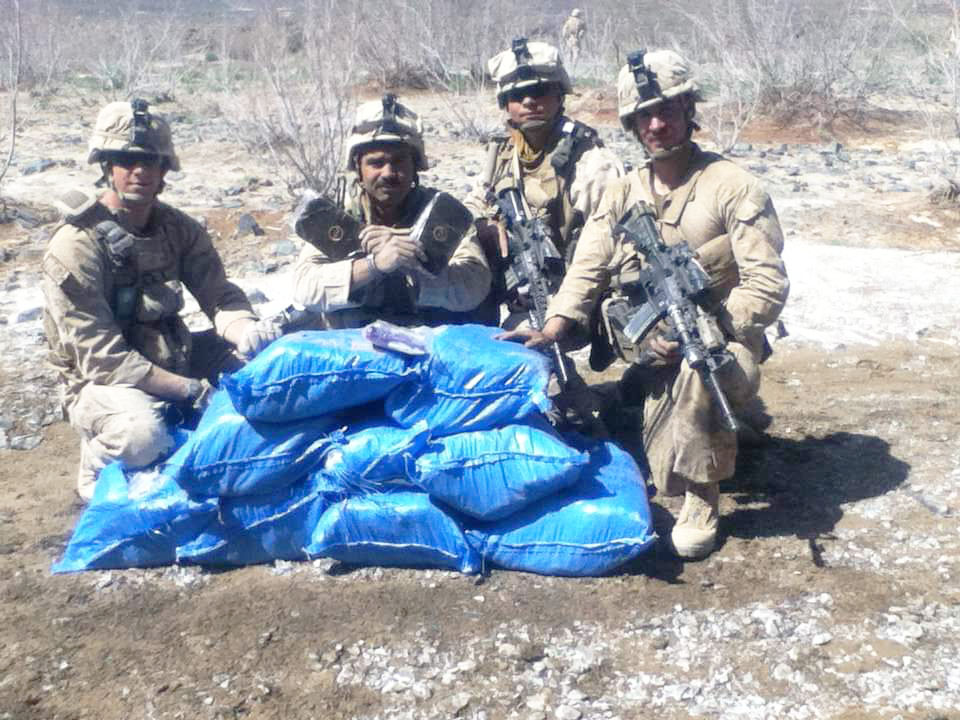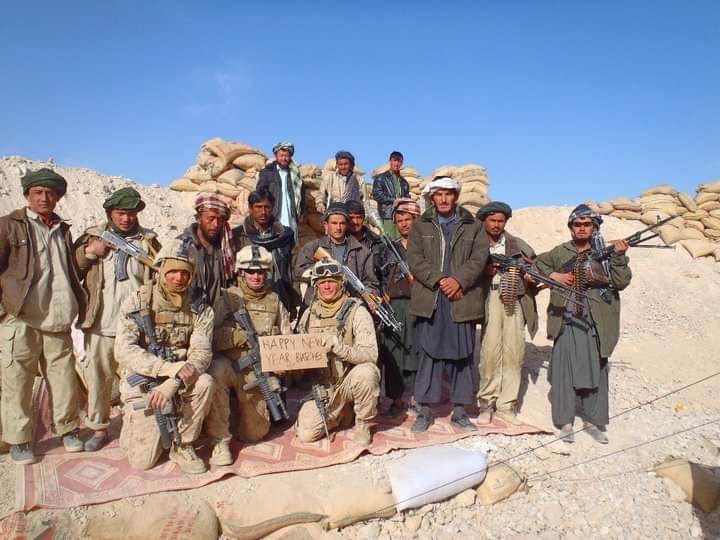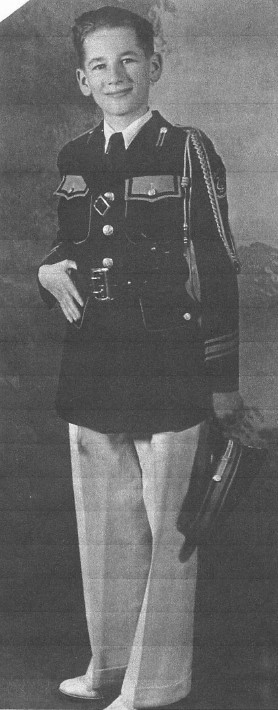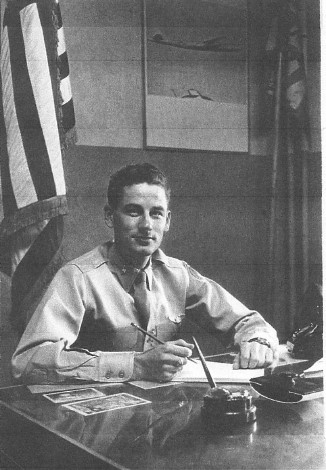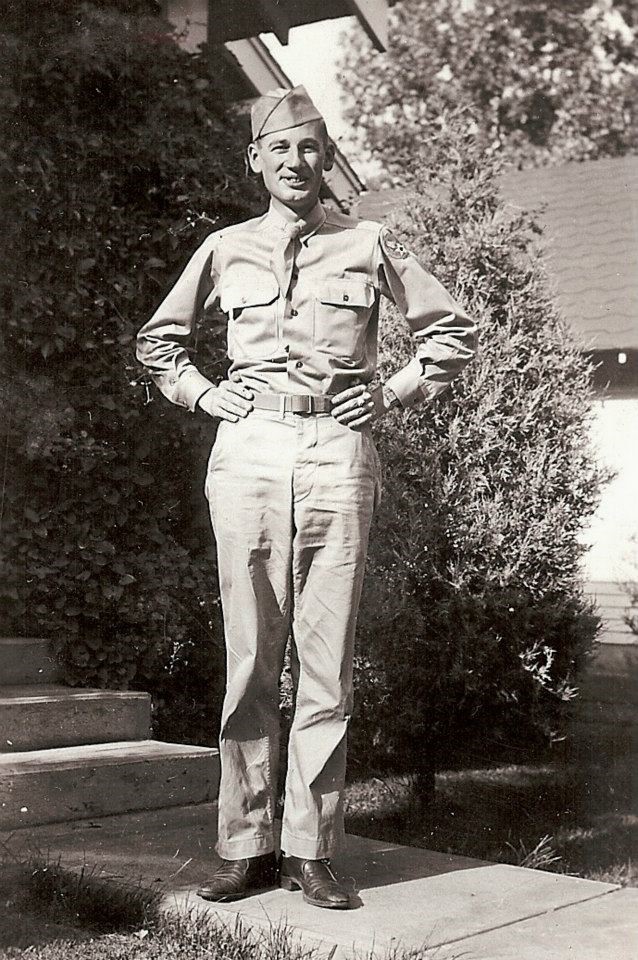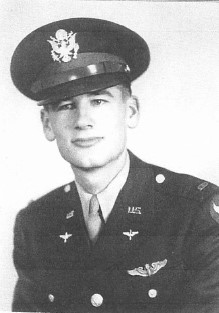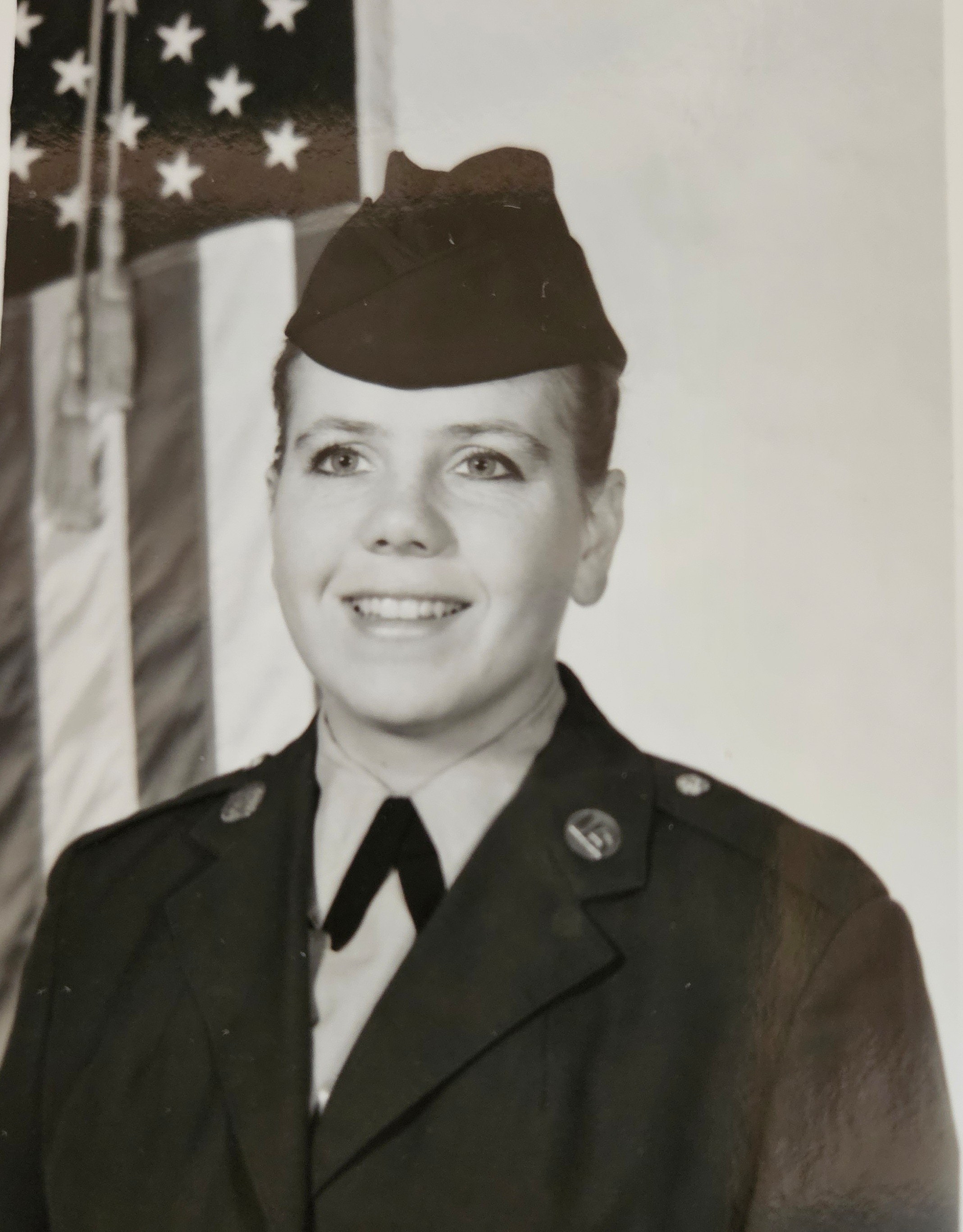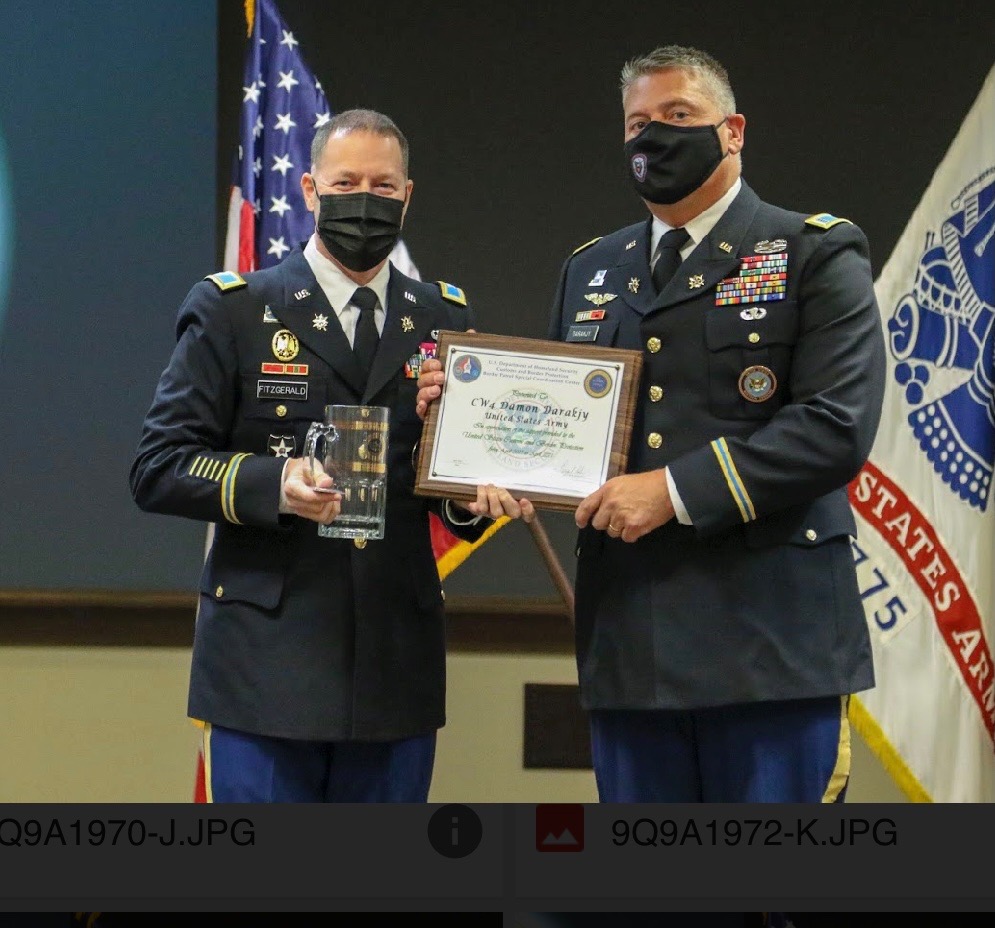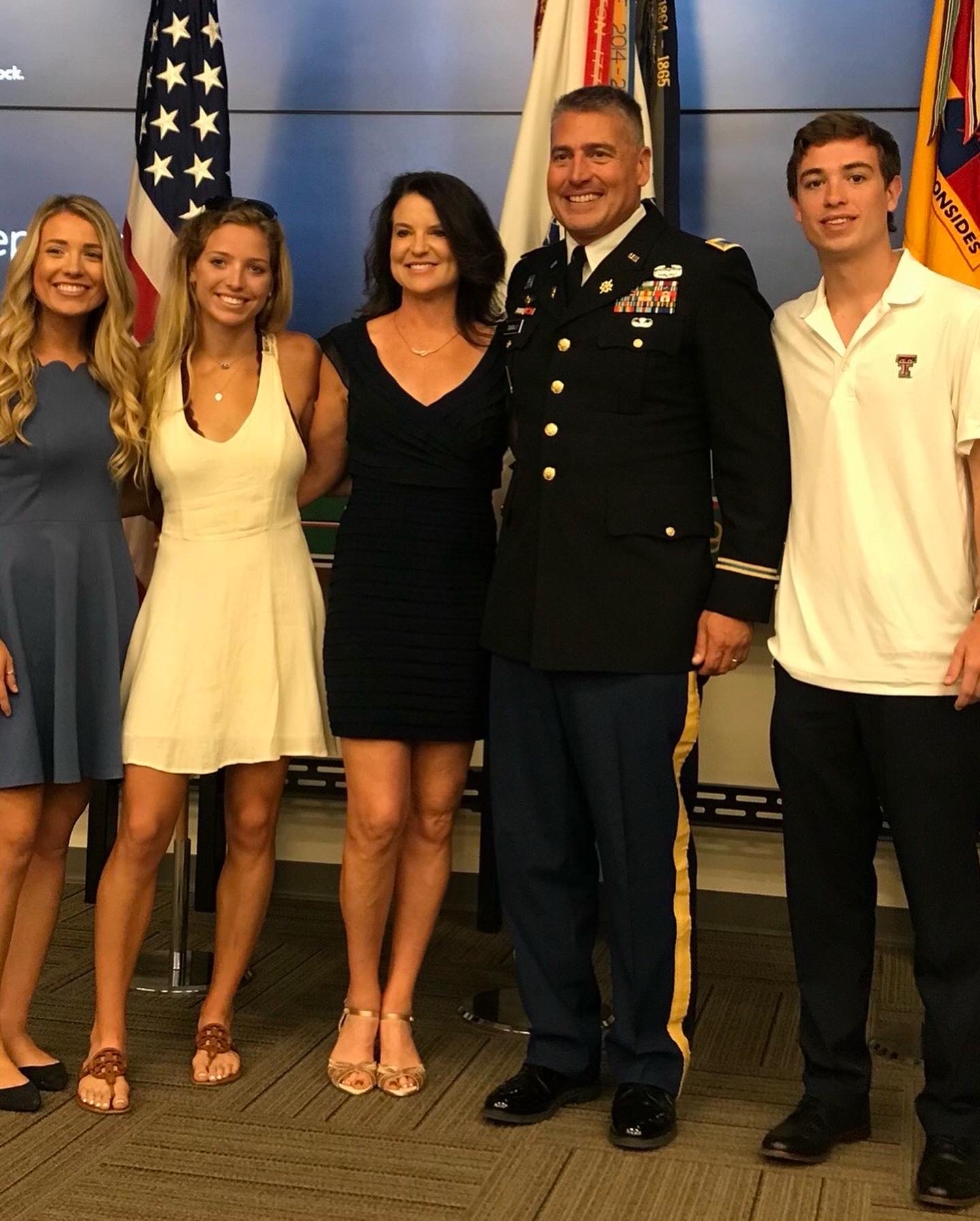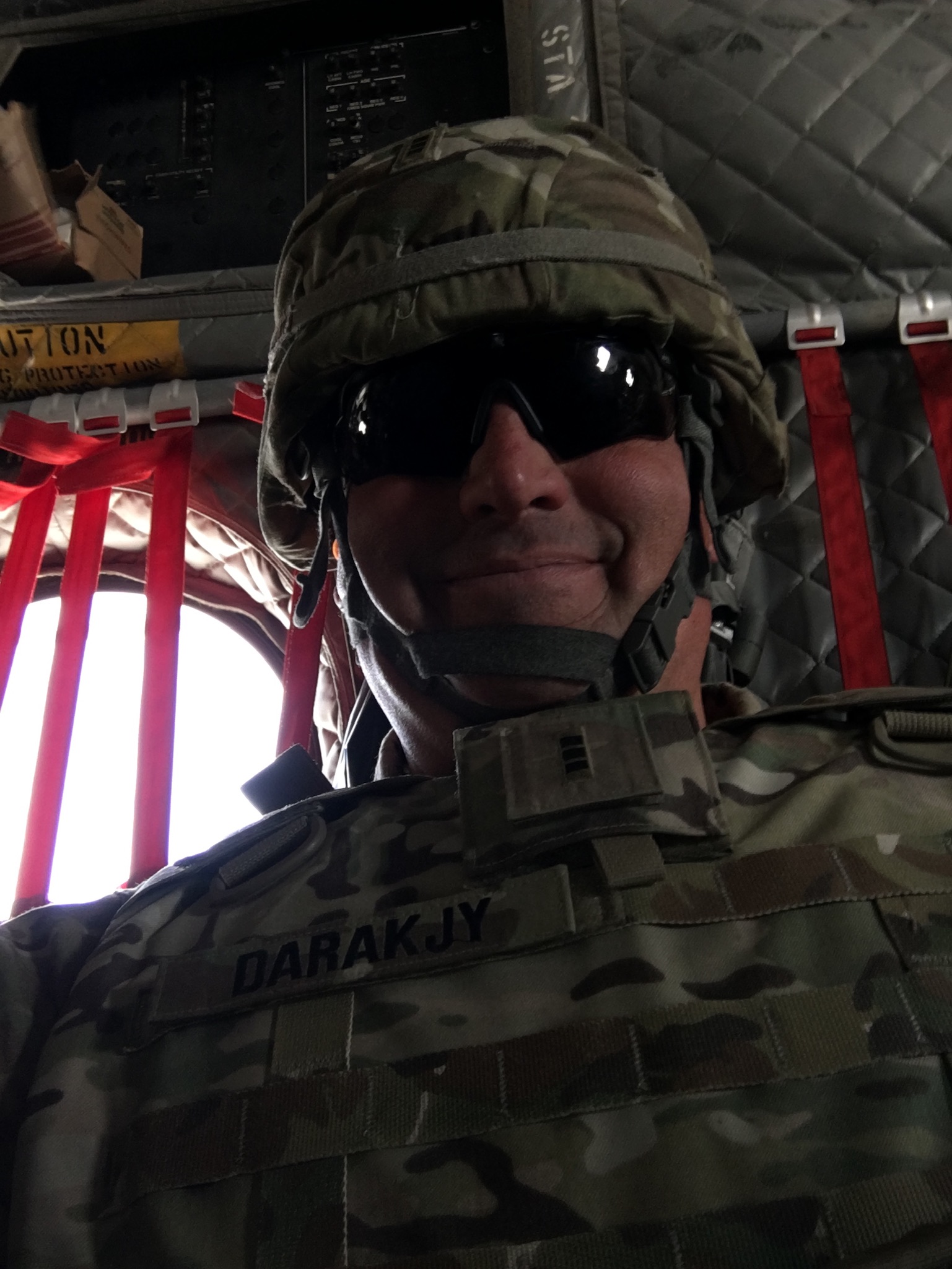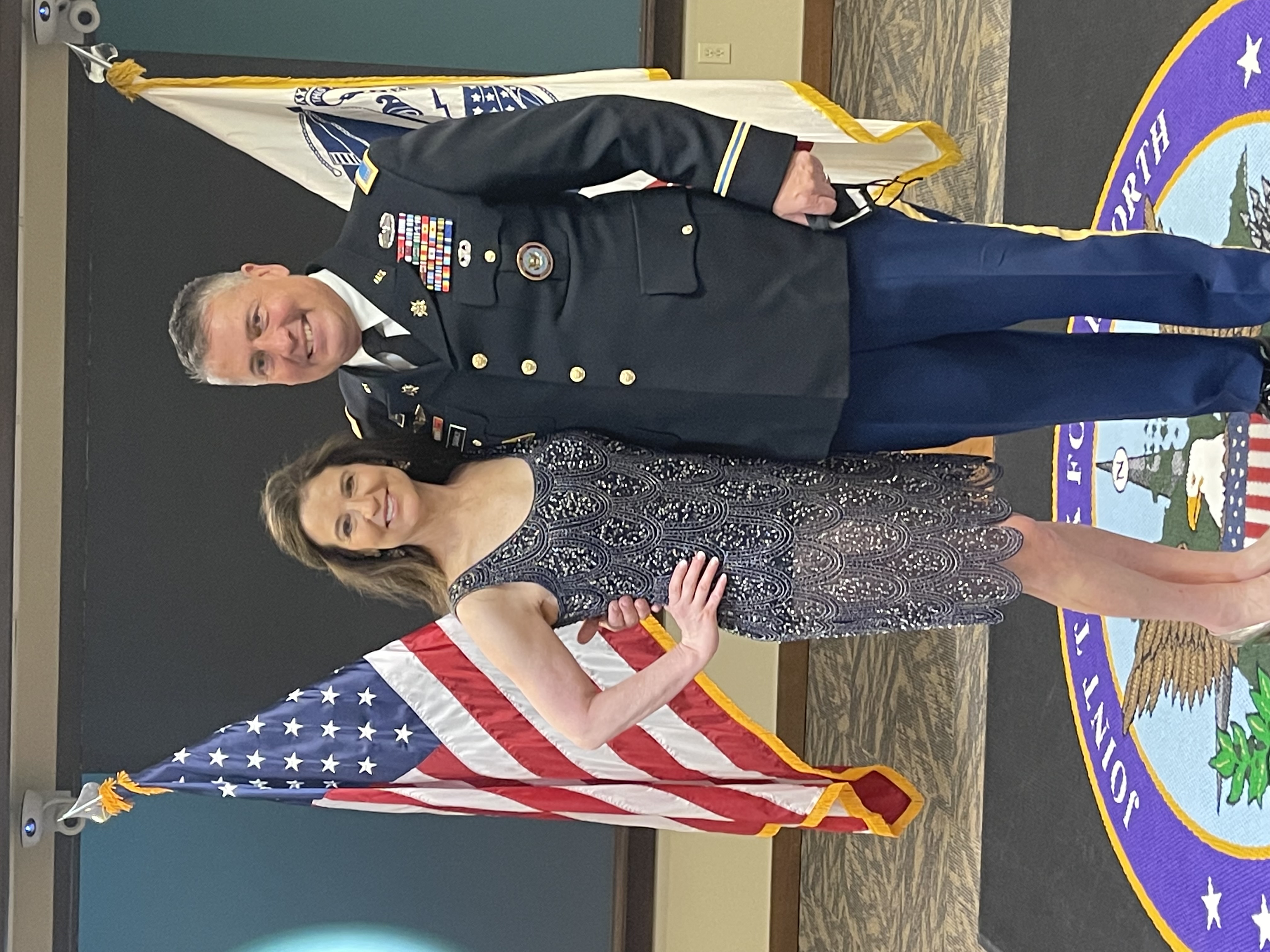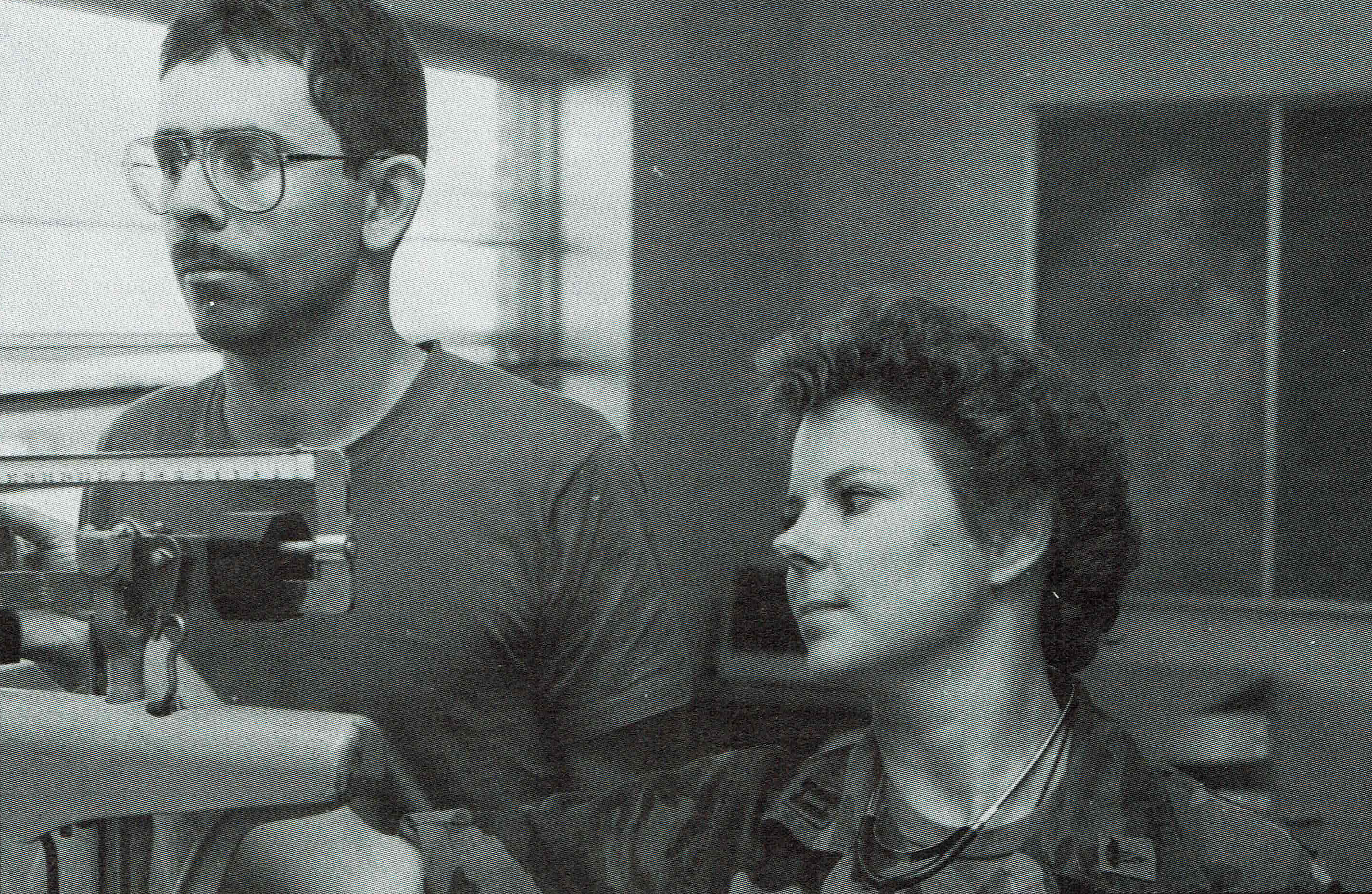Military Monday 2023
The following biographies for each of the recipients highlight their significant contributions to our country.
JANUARY 23, 2023
Retired veteran Bill Mullen: Bill Mullen of Mountain Home, Idaho, grew up in Willingboro, New Jersey, and joined the Air Force April of 1983, where he would go on to serve for over 20 years. During his service, he worked primarily as a Pavements Maintenance Technician and spent four years in Bomb Navigation on a B52. His military career took him all over, including California, Arkansas, Florida, Alaska and overseas on a humanitarian mission in Somalia.
Mullen now works as a civilian for the U.S. Department of Defense. Still in the civil engineering field, he serves in a supervisory capacity alongside his old squadron at Mountain Home Air Force Base. Mullen not only supports active duty servicemembers but also retirees from our armed forces. For the past 16 years, he has been a member of the American Legion and has served in a number of positions for Post 101, including his current position of Commander of the post. He helped create the American Legion Off Road Riders, which is a program for any Legion, Legion Auxiliary or Sons of the American Legion member to take their off-road vehicles or toys and spread word of the work the Legion does for Idaho’s veterans. He and fellow members of Post 101 also created the Armed Forces Ride, where they were able to raise $20 thousand in four years for programs such as Veterans in Need and Children and Youth.
“I am proud of not only my 20+ years as an active-duty member but also proud of my support as a civilian,” Mullen explains. “My service in the Legion is my way of giving back to those that came before me, served with me and served after me.”
February 13, 2023
Frank P. "Bud" Hayes: 1st Lt. Frank P. “Bud” Hayes grew up on a farm in Filer, Idaho, and was a star athlete at Filer High School. As a young man in 1936 at Twin Falls Air Field, famous aviator and polar explorer Admiral Richard Byrd gave him and his sister, Mary Hayes Grabert, a ride in his plane over the Magic Valley--kindling his desire to be a pilot. In WWII, Bud joined the U.S. Army Air Forces to become a pilot. As a big strapping farm boy, he was disappointed to not fit in a fighter plane but served a much more valuable role for the Army Air Forces' new rescue squadrons.
These units flew PBY-Catalina “Flying Boats” (OA-10As) in the Pacific for critically important rescues of downed bomber and fighter pilots. They were “the Air Force's Navy.” The PBY was a unique but difficult aircraft to handle, and Bud’s strength from years on the Idaho farm was exactly what the PBY’s needed.
Often flying into hot-fire combat situations, Bud and his unit in the 2nd Emergency Rescue Squadron, 13th Air Force, saved over 700 downed airmen in 11 months of service. One such success was a downed B-25 navigator, Lt. Russell Johnson, who later became the famous actor who played the “Professor” in TV’s Gilligan’s Island.
In 1945, Bud flew his PBY into intense hostile
fire to rescue a downed B-26 bomber crew. Directing the plane two miles
on water, he and his eight man crew rescued all six bomber crewman with no
casualties. Despite his PBY then being overweight and damaged, he was
able to take off, fly in pitch darkness and, navigating by the stars, safely
landed on their island base 500 miles away. For that feat, the head of
the Air Force, General George Kenney, awarded him the highest pilot award in
WWII--the Air Medal. Lt. Hayes’ action is referenced in Navy texts on air
sea rescue.
At the end of the war 1945, while retrieving an Army reconnaissance unit off the Culasi, Panay Philippines coast, Lt. Hayes’ PBY was hit by a rogue wave, and broke apart. The cockpit containing him, co-pilot, Lt. Jack Leonard and one solider sank and perished. Efforts were unsuccessful in recovery. Lt. Hayes did not return from overseas and is still classified as Missing in Action.
March 13, 2023
Mark McClure: U.S. Navy Veteran Mark McClure served for four deployments, including in the Persian Gulf (initial Iraq invasion), Iraq (Operation Enduring Freedom), Bahrain and the Mediterranean Sea in support of international efforts in Libya.
He held a variety of roles during his service, including welder, pipefitter and shipfitter. In these rolls, McClure was responsible for repair and maintenance of all shipboard critical systems as well as structural repair to the ship’s hull, keel and superstructure. He also had a key role in damage control efforts (firefighting, flood control and defense against chemical biological and radiological attacks) and ballasting the well deck to deploy and recover Landing Craft Air Cushion (LCAC) in support of war fighting efforts.
McClure served with Riverine Squad 1 (RIVRON 1), where he operated as a Bow Machine Gun operator. He advanced from there to become a Combat Coxswain (Boat Driver) and then a boat Captain responsible for tactical employment of his boat and crew. Later, while in Iraq, he qualified as a patrol leader and was responsible for the tactical employment of the entire four-boat patrol as well as controlling entire convoys for both resupply and boat movement.
According to McClure, though the deployments could be rather arduous, there were bright spots that helped restore his faith in humanity.
“We often did hearts and minds missions supplying soccer balls and other random toys to the children in the area,” McClure said. “We even would meet with the local sheiks in the villages along the river, bringing them food, medical supplies and beds. These missions would give a much-needed reprieve from the difficult daily combat-oriented missions. It was always nice to see the people that wanted the life we were trying to bring them—you could see their appreciation all over faces even though communication was difficult. I would say that deployment, while difficult, was still my favorite by far.”
McClure’s awards include: an Army Commendation, seven Navy and Marine Corp Achievement Medals, an Iraq Campaign Ribbon, a Global War on Terrorism Service Medal, a Global War on Terrorism Service Medal Expeditionary, a National Defense Service Medal, two Humanitarian Service Medals, a Pistol and Rifle Expert Marksmanship Medal, and two Sea Service Ribbons.
april 10, 2023
Samantha Martinet: Veteran Samantha Martinet served in the U.S. Marine Corps for 13 years. She currently resides in Moscow, Idaho.
May 8, 2023
John Nanninga: U.S. Navy Veteran John Nanninga enlisted in 1945 to serve in World War II. He was deployed to Pearl Harbor, where he heard the war was over shortly after he arrived. He went on to serve a year in the Marshall Islands for sea duty. To watch a full interview with John Nanninga, please click HERE.
June 12, 2023
Retired veteran Darryl
L. Heisey:
Sergeant First Class (SFC) Darryl Heisey served in the United States Army from
1982 to July 2002. “The Army was always
a calling in my life, the opportunity to serve my country as my father did in
the Navy and my Uncles on my mom’s side in each branch of service,” SFC Heisey says. A man committed to his faith, SFC Heisey said
he wanted to serve God, and thus a career as Army Chaplain Activities
Specialist was the perfect match. He
served as Military Drill Corporal directly after Basic Training at Fort Dix,
New Jersey. SFC Heisey then attended
Advanced Individual Training at Fort Monmouth, New Jersey, at the United States
Army Chaplain Center and School. He later
served at Fort Richardson, Alaska, where he says he “learned the value of warm
feet and mental toughness in minus zero temperatures.” He became the first Sergeant for his class
and considers graduating Air Assault was one of the greatest highlights of his
service in the Army. He returned to Fort
Monmouth, New Jersey, after time in Fort Carson, Colorado. Once promoted to SFC, Heisey trained new and transferred
Chaplains in the basics of military drill and ceremony and taught them the
basics of military drill and navigation to get from one point to another using
a variety of sources, including map, redlight and compass. His final stint in the Army led him to Fort
Huachuca, Arizona, where he worked with the Command Chaplain for all of the
Army Signal Command. In that capacity,
he traveled to many places overseas. He
retired from service shortly after the September 11, 2001, attacks. He has received numerous awards and
decorations, including Meritorious Service Medals, Army Commdendation Medals,
Army Achievement Medals, among many more.
After his retirement, SFC Heisey moved to Idaho, where he served as a
Veteran Service Officer (VSO) in Kootenai County and State Veteran Service Officer
for 16 years. He says these experiences
were “life changing” by being able to help many fellow veterans by the work he
conducted on a daily basis. “Helping Veterans
with VA claims is a challenge and a blessing,” he says. He shared a detailed, heartwarming story with
my office about navigating the VA benefits process for a WWII veteran in Kootenai
County. “If you are a veteran and you
have not asked about VA benefits . . . you need to call your local State Veteran or
County Service Officer so they can explain ALL the benefits you have earned
because of your military service,” Heisey told my office. After retiring as a VSO in January 2020, SFC
Heisey became a full time Worship Pastor and Minister of Youth in Hayden, Idahho. “All of this would not have been possible
without the help and guidance of my God; and my wife Anna,” Heisey says of his
wife of 33 years.
July 10, 2023
Roderick L. Mayer: Commander Roderick L. Mayer graduated from Lewiston High School in 1957. He attended college at the University of Idaho in Moscow and trained as a member of the Navy Reserve Officers’ Training Corps (ROTC). Following his graduation, in 1961, Mayer became a U.S. Navy officer and pilot for Fighter Squadron 41, where he flew over 80 missions.
Mayer was an extremely talented mathematician. Mayer’s commander determined that while the Navy version of the Phantom fighter was not originally designed to drop bombs, it was still capable if the dive angles and bomb release points were calculated correctly. Mayer’s mathematical prowess made him the natural choice for this important duty.
On October 17, 1965, Mayer and radio intercept officer (RIO) David R. Wheat departed from the aircraft carrier USS Independence on a strike mission against the Thai Nguyen Bridge. The mission was dangerous, requiring low flight maneuvers to avoid radar detection that could attract Surface-to Air missiles as well as putting the aircraft in danger of ground fire. The Phantom was struck by enemy anti-aircraft artillery, causing the plane to roll and crash. Both men were able to eject before it hit the ground, but could not be found when a rescue helicopter arrived two hours later. Radio surveillance in the area was also unsuccessful in establishing contact with either soldier.
Wheat was discovered as a Prisoner of War (POW) and released seven years later. Mayer remains unaccounted for and was last seen on the ground near the crash site. Following the incident, the U.S. Navy promoted Lieutenant Mayer to the rank of Commander, and Mayer is memorialized on the Courts of the Missing at the National Memorial Cemetery of the Pacific.
Mayer’s cousin, Jacqueline, was selected for the honor of carrying the U.S. Navy cover at the Missing Man Table ceremony during the 17th annual “Sweet Home” ride. The “Sweet Home” ride rallies a caravan of motorcycles to make the journey from Boise to the Triangle Restaurant in Sweet, Idaho. The event raises awareness for the Idaho-8 still missing from Vietnam as well as other soldiers missing-in-action from other conflicts.
August 14, 2023
Veteran William Mostoller: Corporal (Cpl) William E. Mostoller served in the United States Marine Corps as a light armored vehicle (LAV) mechanic for the 3D Light Armored Reconnaissance Battalion, 1st Marine Division. As a line mechanic, his duties were to help maintain vehicles during daily combat operations, conducting raids and checkpoints in search of enemy high-value targets or enemy combatants. Additionally, his efforts disrupted pipelines supplying the Taliban with weapons, money and drugs. During his deployment to Afghanistan, Cpl Mostoller received several awards, including a Navy Achievement Medal with a V for Valor, which he received for directly saving the lives of two Marines. The LAV Cpl Mostoller was traveling in struck an improvised explosive device (IED) while conducting a reconnaissance patrol. Once he regained his situational awareness, Cpl Mostoller, “Braving certain danger, extinguished two fires in the engine compartment while shielding the Marines from more harm,” reads a certificate for the medal. “Lance Corporal Mostoller’s initiative, perseverance, and total dedication to duty reflected credit upon him and were in keeping with the highest tradition of the Marine Corps and the United States Naval Service,” it further reads. Finally, the summary of action reads, “In the midst of chaos and uncertainty, Lance Corporal Mostoller braved imminent dangers at great personal risk.” Cpl Mostoller has received other awards and ribbons, including a Combat Action Ribbon, Global War on Terrorism Service Medal, Afghanistan Campaign Medal, a Certificate of Commendation, among others. Mosteller is proud of his family roots in the United States military, including a great-great grandfather Medal of Honor recipient in the Civil War, John Mostoller, and Philip Marsteller, a Lieutenant Colonel in the Revolutionary War. You can read more about John HERE and Philip HERE. Cpl Mostoller now resides in Hagerman and is the CEO of Magic Valley Fit personal training.
September 11, 2023
Ray Frank Jardine: First Lieutenant Ray Frank Jardine was born in Idaho Falls, Idaho, on May 4, 1923. He was a member of the Idaho Falls High School Marching Band. Jardine registered for the military on June 30, 1942, and served as a member of the U.S. Army Air Corps, and, later, the U.S. Air Force in World War II and the Korean War. He was a crew member of a B-29 Superfortress Bomber with the 93rd Bombardment Squadron, 19th Bombardment Group.
Jardine’s brother, Virl, describes him as a person of “many hats.” He had a love for scouting, the Church, flowers, and music, among many other interests. He loved to spend evenings with his family playing Rook, Checkers and other board games. Jardine also loved to spend time outdoors in the mountains and in Teton Valley. As described by his brother, “He was at his best when with nature and among the handiworks of God.” He showered the children in his family with love, even though he did not have children of his own. Jardine was ordained a Deacon in 1935, a teacher in 1938, and a Priest in 1940. He received three Oak Leaf Clusters as well as an Award of Distinguished Flying Cross and an Award of Commendation Ribbon during his service. Jardine received a Purple Heart posthumously.
On March 29, 1951, a B-29 Superfortress with twelve crew members, including Jardine, departed Kadena Air Base, Okinawa, Japan, on a bombing mission against bridges in Hamhung, North Korea. Less than two hours into the mission, the aircraft’s pilot contacted Kadena and reported two of his aircraft's engines were failing. Upon descending to 2000 feet, the pilot reported that the crew would jettison the bombs to lighten the load and attempt a return to base. This was the last transmission received from the aircraft. An extensive search was conducted for the missing aircraft and its crew, but search parties found no trace of them. Jardine was listed as Missing in Action on March 29, 1951, and presumed dead on December 18, 1951. He is still unaccounted for.
Today, First Lieutenant Ray Frank Jardine is memorialized on the Courts of the Missing at the National Memorial Cemetery of the Pacific, and his name is inscribed on the Korean War Veterans Memorial Wall in Washington, D.C.
October 16, 2023
Veteran Katrina “Tea Jay” Adams: Tea Jay Adams was born in Pocatello and raised in Inkom, Idaho. She served in the Army National Guard for eight years, receiving basic training at Fort Jackson, South Carolina, and advanced individual training at Fort Gordon, Georgia. She was trained to be a radio telecommunications specialist and stationed at the 148th Field Artillery Battalion with the Army National Guard in Pocatello, Idaho. She also received some additional training in Boise, Idaho, and Fort Collins, Colorado.
Adams worked as a computer store manager as a civilian for 15 years before leaving to be a protective security officer and security escort, where she is currently still working. In her spare time, Adams runs a doggy daycare where she trains and rehabilitates abused dogs. She also fosters dogs for Crazy Lady Rescue and owns two spoiled dogs of her own named Rikki and Pierre.
NOVEMBER 20, 2023
Retired veteran Damon Darakjy: Damon Darakjy attended North Idaho College for two years before joining the United States Marine Corps Reserves in 1991. He stuck with the USMC Reserves so he could earn his degree. Once he completed his obligations to the USMC Reserves, Darakjy a few years with the Army National Guard in both Idaho and Washington. He eventually retired from the United States Army as a chief warrant officer 4.
Darakjy is also a family man. He met his wife, Jennifer Jaeger Darakjy, at a Marine Corps Ball in Spokane as part of a blind date in 1992. They were married in 1993, and have been married for 30 years, through several kids and six deployments. Darakjy currently serves as a commander of the Coeur d'Alene American Legion Post 14, a veterans program aimed at enhancing the lives of American veterans, their families and their communities.
DECEMBER 25, 2023
Retired Lieutenant Colonel Denine V. Moyer Miller: An Idaho emigrant in 1976, retired Lieutenant Colonel Denine V. Moyer Miller proudly served the United States of America for 20 years in the United States Army Nurse Corps. During her service, Miller set many achievements and earned a variety of awards showcasing her dedication to this nation, including the Army Commendation Medal and four Idaho Service Ribbons. In addition to being the first nurse in the Idaho Army National Guard, Miller was also the first woman to shoot a combat pistol at a national competition, receiving the Excellence in Competition Badge – Pistol. “OMG, Idaho has a girl,” Miller recalls hearing across a range at then-Fort Benning, Georgia. She was the first Idaho Guardsman to get a degree through the Continuing Education Program, receiving a Bachelor of Applied Science, Nursing degree.
After retiring from the National Guard, Miller received two more degrees through the University of Idaho, ending with a Ph.D. in Adult Education and Organizational Leadership, and began teaching at Gooding High. Her courses were all dual credit, including Health and Wellness, Medical Terminology, Health Occupations, EMT-Basic and CNA courses. Miller also started a Health Occupations Students of America Chapter at Gooding High and put many students interested in the medical field on a trajectory of success. Many who took her courses now fill critical roles within the health industry, with Miller noting that every visit to St. Luke’s, North Canyon, or the doctor’s office is often like a “class reunion” for her.

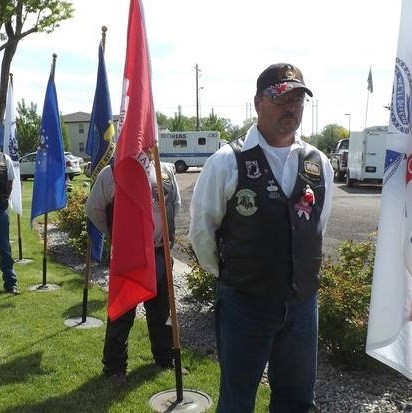
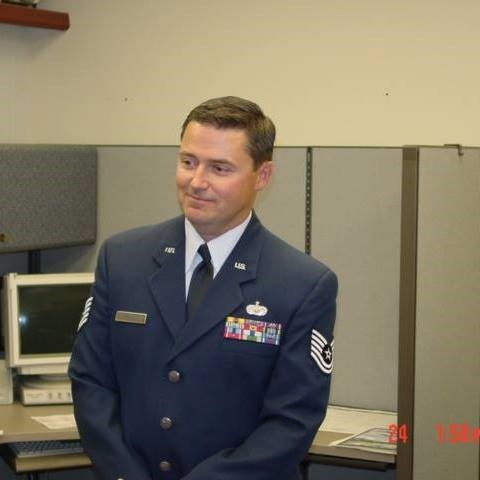
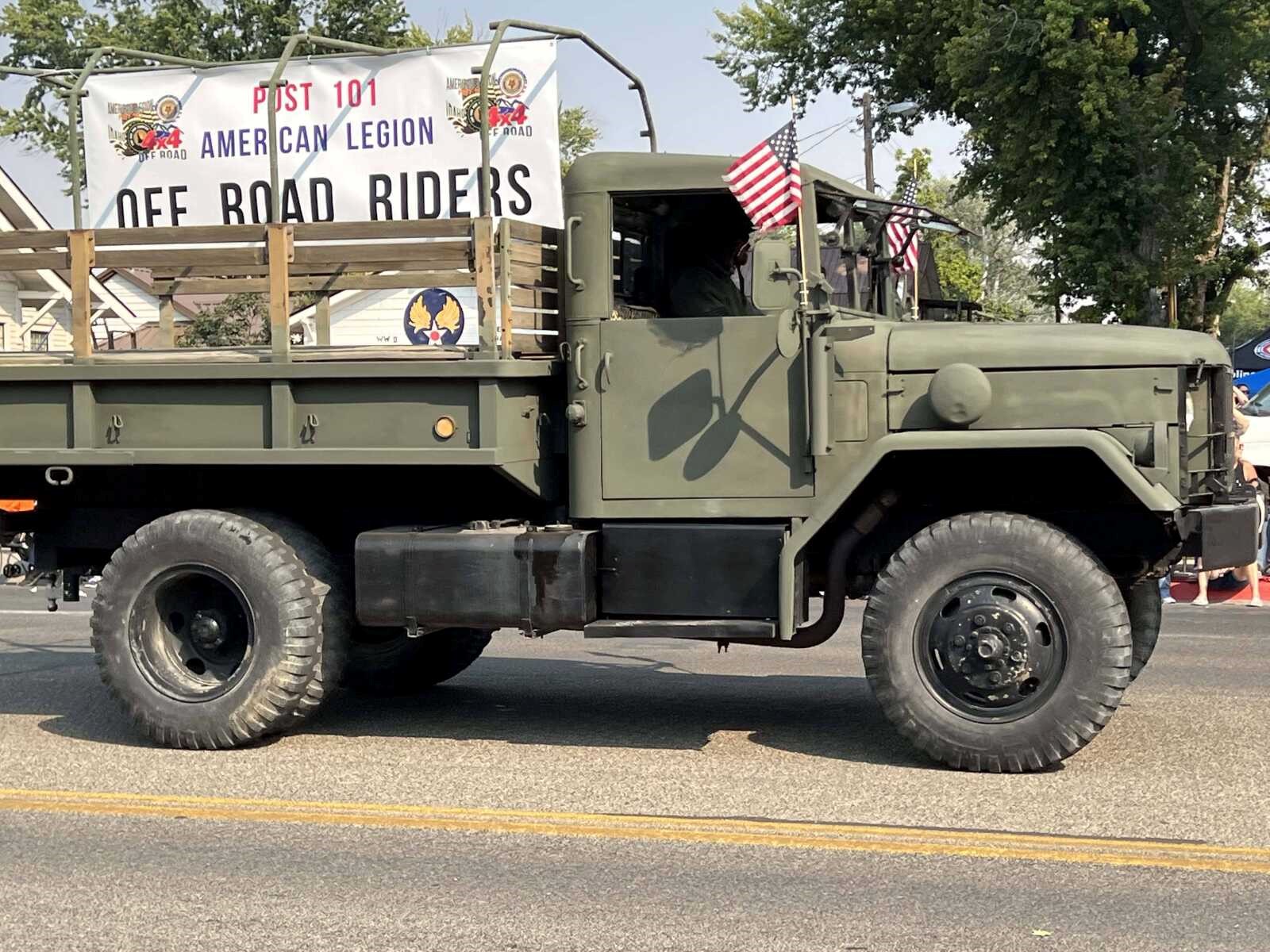
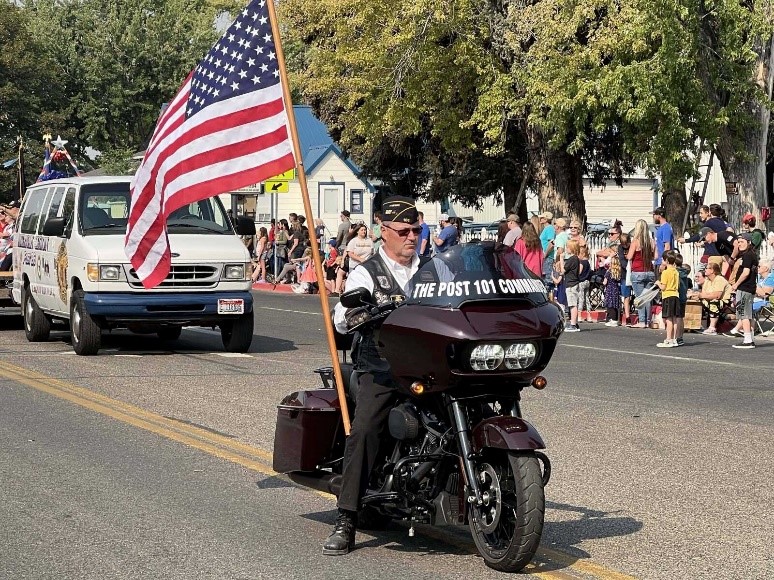
%201944.jpg)
%2021%20(1).JPG)
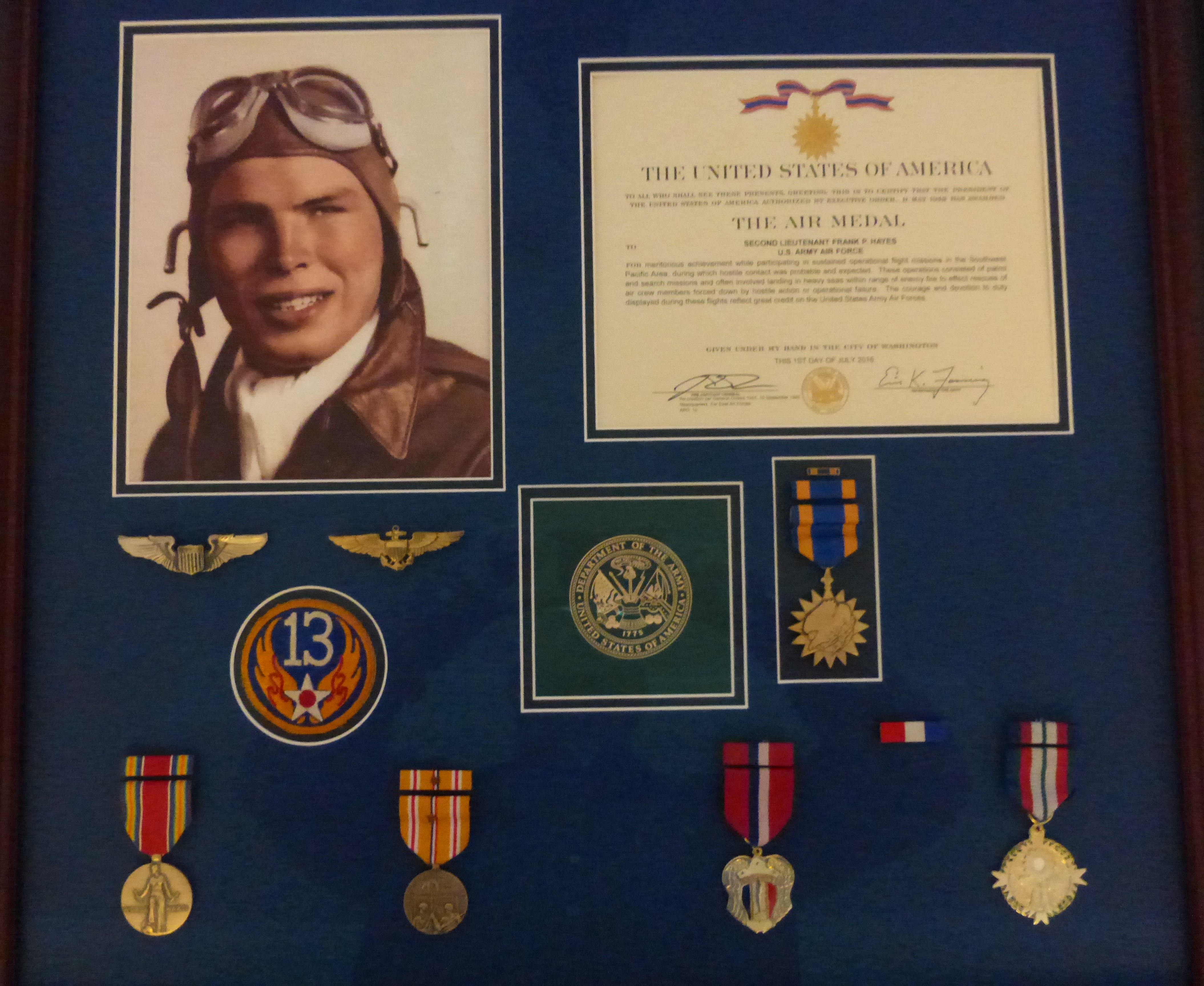
.jpg)
